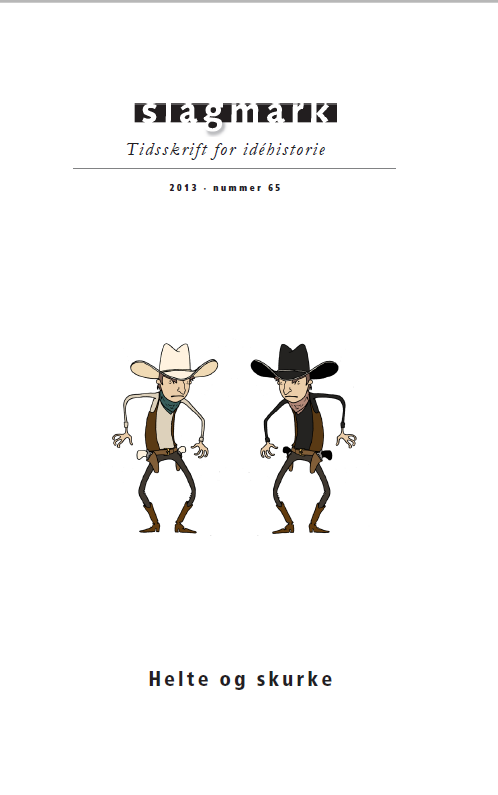Den umenneskeligt menneskelige ondskab - Seriemorderen som paradoksal grænsefigur
DOI:
https://doi.org/10.7146/sl.v0i65.104131Keywords:
Serial killer, forensic psychiatry, evil, monster, existential analysisAbstract
The article discusses the paradoxical role that the serial killer has taken in our present socio-cultural order as a limit figure which at once represents the villain and the hero. In a historical perspective the article examines why the serial killer has been given this role through 5 tracks: First, it is argued that the historical condition of the modern idea of the serial killer is a particular kind of historical
mythologizing of the serial murders. Then it is shown how the idea of serial killer is made widely known because a new type of criminal is introduced by the FBI as an internal enemy of the state. In the third dimension it is shown how this introduction is linked to the conceptualization of the serial killer in criminology and forensic science. The fourth dimension in the history of the idea of the serial killer is the story of how the serial killer is identified as a modern version of a monster by forensic psychiatry and popular culture and is associated with a revitalization of the concept of evil. In the final dimension the spread of the idea of the serial killer is connected to our existential dealing with ourselves.





